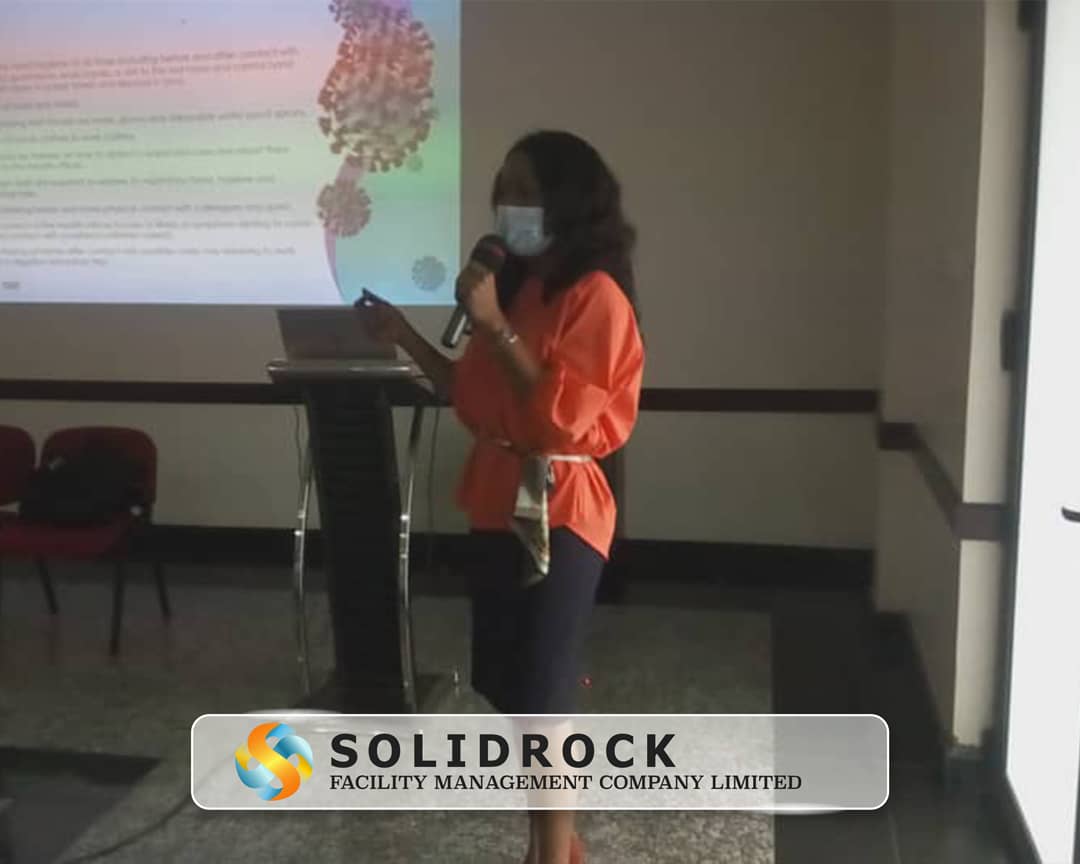Now is the time to apply the lessons learned during the pandemic about resilience and business continuity.
To be resilient, the organization's business continuity needs and the facilities plan for responding to events must be connected. Whether an organization has a resilience strategy in place or it's a work in progress, managers can take several key actions to improve an organization's resilience.
1. Understand essential functions
Essential functions must happen for the organization to survive. The key for managers is to understand not just what these essential functions are. They also need to understand the facility management function's role in these functions. Managers are responsible for the organization’s assets, including such critical infrastructure as power and cooling. Here are some additional examples of essential functions:
• Climate control for sensitive areas. These areas include data centers and laboratories.
• Critical vendors. Managers need to identify key supplies and sources whose loss could interrupt the business, as well as vendors that might support the ability of the business to continue.
2. Understand timing
Managers need to pay attention to the acceptable time frame for essential functions after which their loss begins to damage the business.
3. Understand teams and roles
An effective resilience strategy lays out roles and responsibilities. One thing organizations learned during the pandemic was the importance of acting as a team, which includes facility management, organizational leadership, legal, IT, and human resources. In an emergency, a maintenance and engineering manager's role is often to advise and execute. That is typical in fast-acting emergencies such as a loss of power, system failures, fires, floods and earthquakes.
4. Practice, practice, practice makes perfect
Sometimes in discussing training events, we talk about building muscle memory. In a facilities context, this phrase refers to regular training so when an actual emergency occurs, the organization and the individuals in it know instinctively what to do. Their training essentially kicks into gear, and responses become automatic.
Resilient organizations educate their teams on procedures, plans and policies. They practice their procedures, and through that practice they build a prepared workforce that knows how to respond. What does practice look like?
• Drills. We grew up with drills. Typically, event-specific drills test a particular procedure, such as lock down, lock out, fire, tornado, or earthquake. Drills help us practice quick responses.
• Tabletop exercises. Key personnel verbally walk through a simulated scenario, playing their roles in an informal setting. Tabletop exercises are effective in testing policies, plans and procedures. They also test individual responses and team readiness.
• Functional exercises. Where a tabletop exercise is like a Hollywood table read, a functional exercise is a “cameras rolling” event. People act out their roles. A functional exercise simulates a scenario in real time, creating pressures that can help team members understand areas of strength and weakness.
5. Understanding what you learned
One important benefit of developing and implementing a resilience plan, training to it, and practicing against it is that you can see the holes in the plan. The same is true for real events.
The pandemic has been particularly helpful in providing opportunities for continuous improvement. A two-year event will do that. With each exercise or real event, we become more practiced at the roles we play within the team, we understand what to do, and our confidence in our ability to respond has improved. We have increased our resilience.
Managers are critical to organization resilience. More than just keeping facilities operational, managers have a responsibility to help the organization focus on what is most important, connecting the dots between essential functions and preparedness so when a crisis strikes, little is lost, business impacts are few, and people are kept safe.






